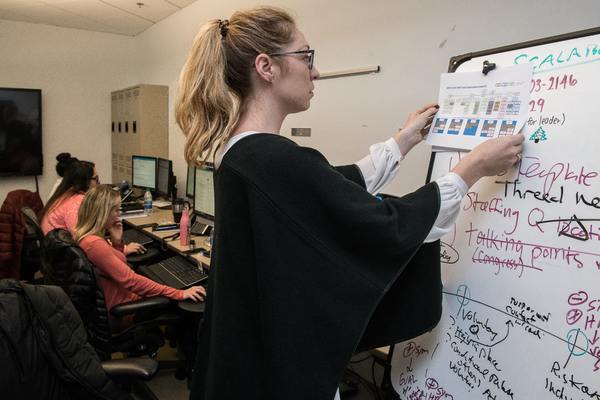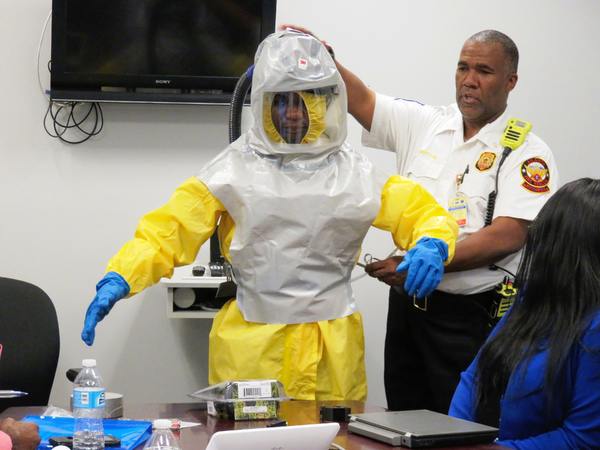In the best of times, New South Wales (NSW) Health Pathology, a statewide clinical service, has a complex mission. Formed in 2014, the department supports the critically ill, protects public health, analyzes health data, and supports the state across a suite of functions, including crime-solving. More than half the population of the state has used their services in the last year, including 70% of medical decisions.
How does a department balance the need for innovation strategy against the efficacy of its work? What does change management look like when so much is on the line? We sat down with Natasha Claxton, Innovation Project Officer at NSW Health Pathology, and Amanda Koegelenberg, Research, and Innovation Program Director, to get answers to these questions on the IdeaScale Nation podcast.

Amanda says her career began when she got a microscope at the age of eight. “But really, the majority of the background of my experience has been in clinical trials.” She found that clinical trials helped her grapple with her role. “I started right at the bottom as a clinical trials associate and moved into more business development roles.”
Innovative From Go
Natasha says that she was an “ambitious, nerdy” student, and captain of her public speaking team, and that inspired her towards a career working with people. She first joined the NSW team in 2017, building on her studies of health management. She started in marketing, but she quickly moved into training and development.
This variety of personal experiences has translated into its approach to innovation. “When I think of innovation, it’s very broad,” Amanda explains. “It’s not just about scientific or background research, even though that’s my skill set. We like to use the words fresh thinking creates value.” That definition came from the Australian government’s innovation initiative, but it applies heavily, Amanda notes, to how they approach innovation.

Innovation Is For Everyone
“Anyone can be innovative,” Natasha follows up. She explains with an example of their courier network. She notes that they may have worked as drivers in other contexts, such as taxis, “and they may have ideas to improve our courier service, based on the experiences that they’ve had.” It doesn’t matter if it’s not seen as “innovative” by a taxi company, she notes. What matters is that it hasn’t been applied to the NSW Health Pathology team.
That attitude drove their approach when they took over a whole organizational innovation initiative. “We have 4,500 staff spread across 800,000 square kilometers,” Amanda notes. “They all have a great experience that can lead to some great change.”
“Our system is separated into three workflows,” Natasha follows up, innovation, incubation, and transformation. They all work together by capturing ideas and developing them using the whole experience of the organization.
To learn how they apply this across the company, listen to the latest episode of the IdeaScale Nation podcast. Or listen to our previous episodes, where we explore innovation strategy and change management across multiple industries and sectors.
Most Recent Posts
Explore the latest innovation insights and trends with our recent blog posts.













